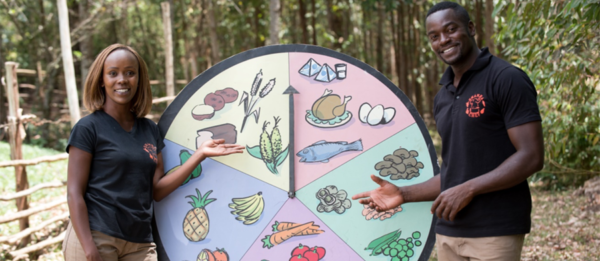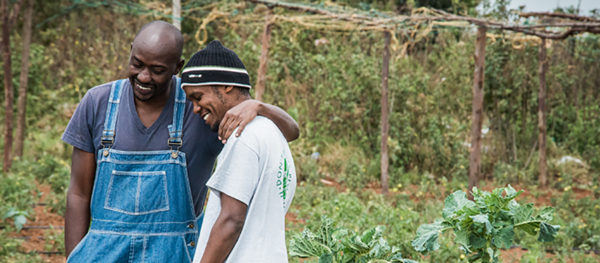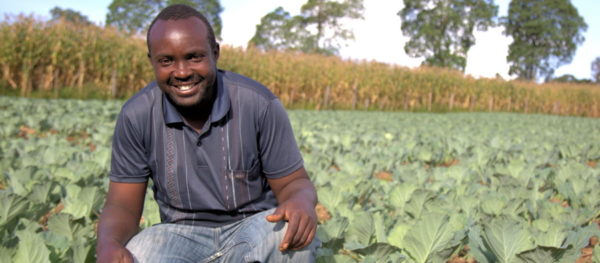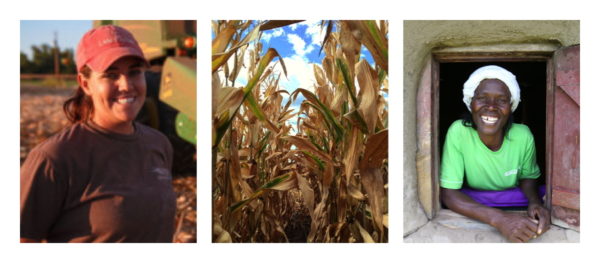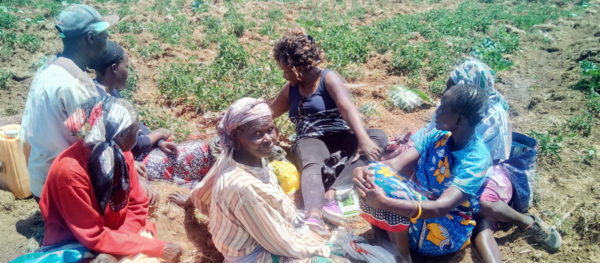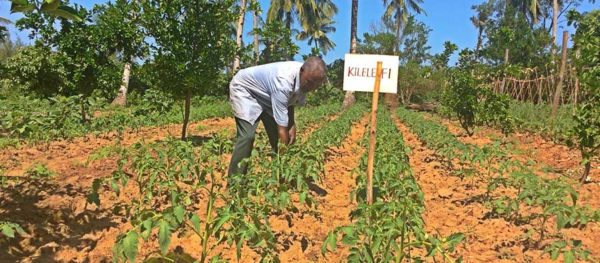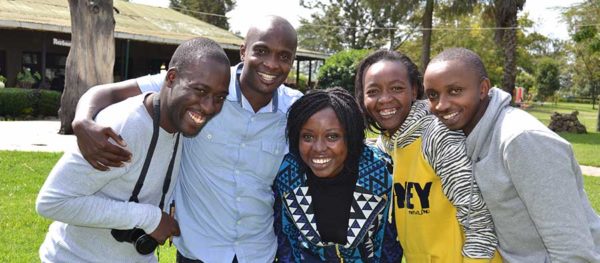Tag: Kenya

Shamba Chef Arrives To Give Kenya Cleaner, Healthier Cooking
Africa & Middle East: A new reality TV show from the producers of Shamba Shape Up is here to combat poor nutrition and household pollution in Kenya, Vanessa Mukhebi of Mediae Company reports.
Read MorePlotting New Ways to Encourage Youth into Farming through Television
Africa & Middle East: A new reality TV show has a mission to get more young people interested in farming in Kenya & Tanzania.
Read MoreBoosting Productivity and Incomes of Young Kenyan Smallholders
Africa & Middle East: Farm Africa is working with supermarket chain Aldi to help Kenyan farmers end hunger and leave poverty with better results.
Read MoreFarming Beyond Borders: Farmers Share Challenges and Solutions
Global: Two farmers from different regions share some of the common challenges they face, from financing to land access, and the solutions they have found.
Read MoreBritish and African Farmers Face Similar Challenges and Opportunities
Global: Farm Africa CEO Nicolas Mounard looks at the common challenges that farmers face around the world, from Kenya to Britain, amid trade uncertainty.
Read MoreHelping Women Play A Pivotal Role in the Food Value Chain
Africa & Middle East: Founder of Ojay Greene shares success stories of female farmers and offers advice to budding agripreneurs ahead of International Women's Day.
Read MoreDriving Agricultural Innovation at the Kenyan Coast
Africa & Middle East: Dr. Ngumbi shares the secrets of her thriving farm, that will be the location for World Food Day celebrations in Kwale County.
Read MorePairing Youth with Experience for Agricultural Renewal in Kenya
Africa & Middle East: Director of YPARD shares stories of success from a pilot mentoring program for young agriculture enthusiasts in Kenya.
Read MoreThe Tech Bridging the Farmer Finance Gap
Africa & Middle East: Co-founder of Umati Captial discusses the financing challenges Kenyan agribusinesses face and how his team has arrived at a solution.
Read MoreFarming in the Wake of Water Scarcity in Kenya
Africa & Middle East: This World Water Week, young Kenyan Environmental Scientist Hudson Shiraku tells us how Kenyan farmers are overcoming water scarcity.
Read MoreMobilising Youth to Tackle Soil Degradation
Africa & Middle East: A young soil scientist tells Farming First about the tools and technologies he has utilised to empower young people to tackle soil degradation in Kenya.
Read MoreNat Robinson: Start-ups Transforming Smallholder Farmers’ Lives in Kenya
Africa & Middle East: Nat Robinson, CEO of Juhudi Kilimo highlights his top three innovative start-ups in Kenya.
Read More